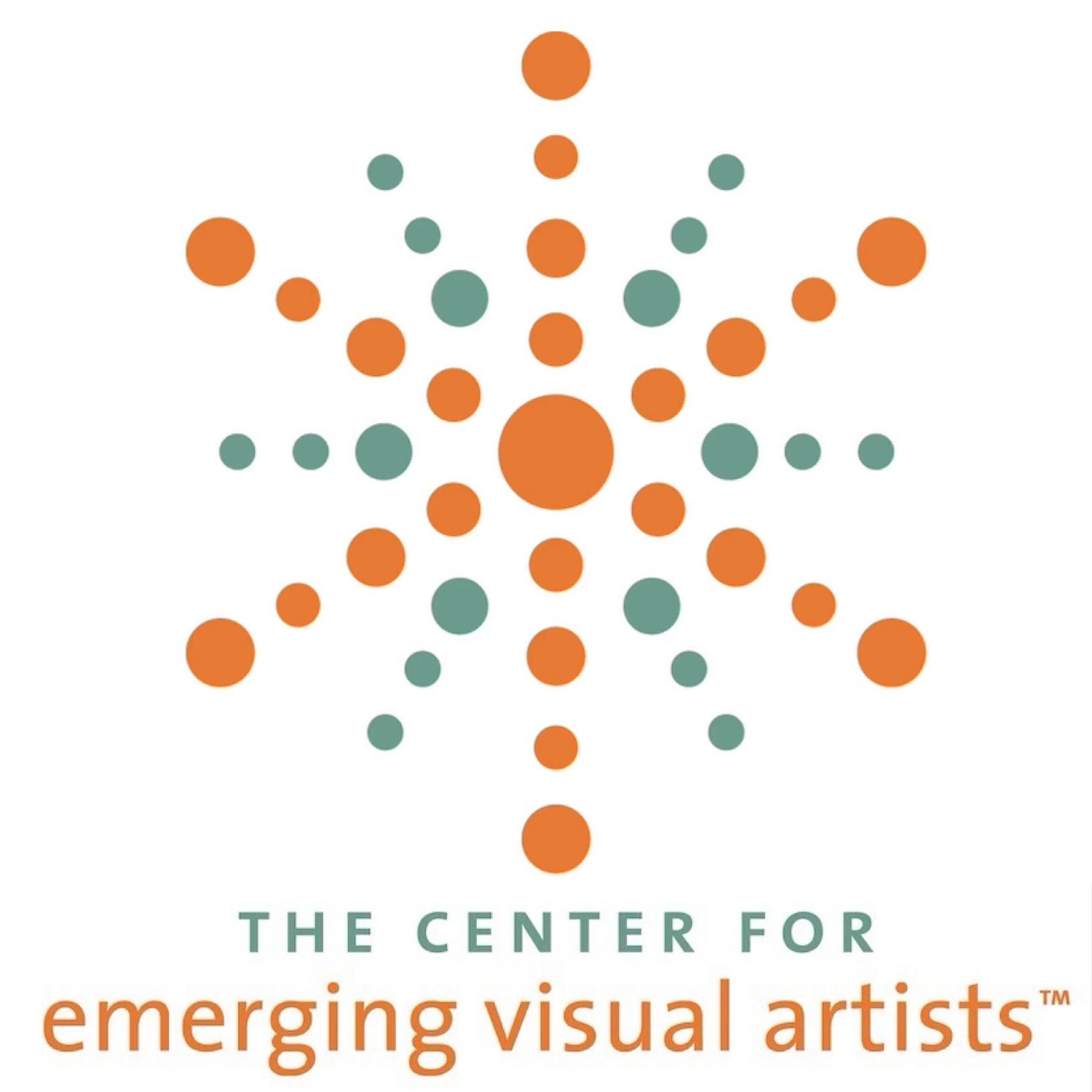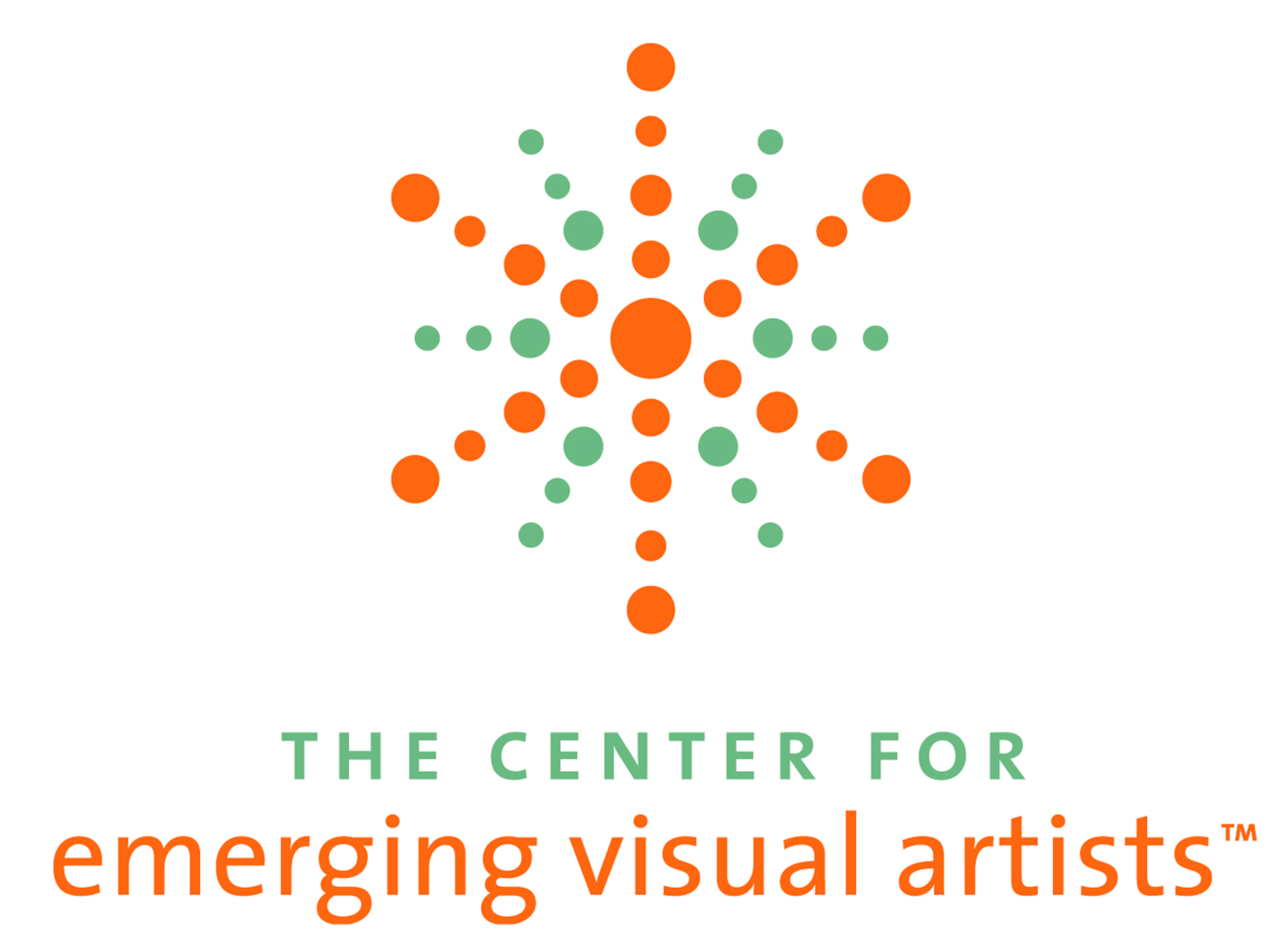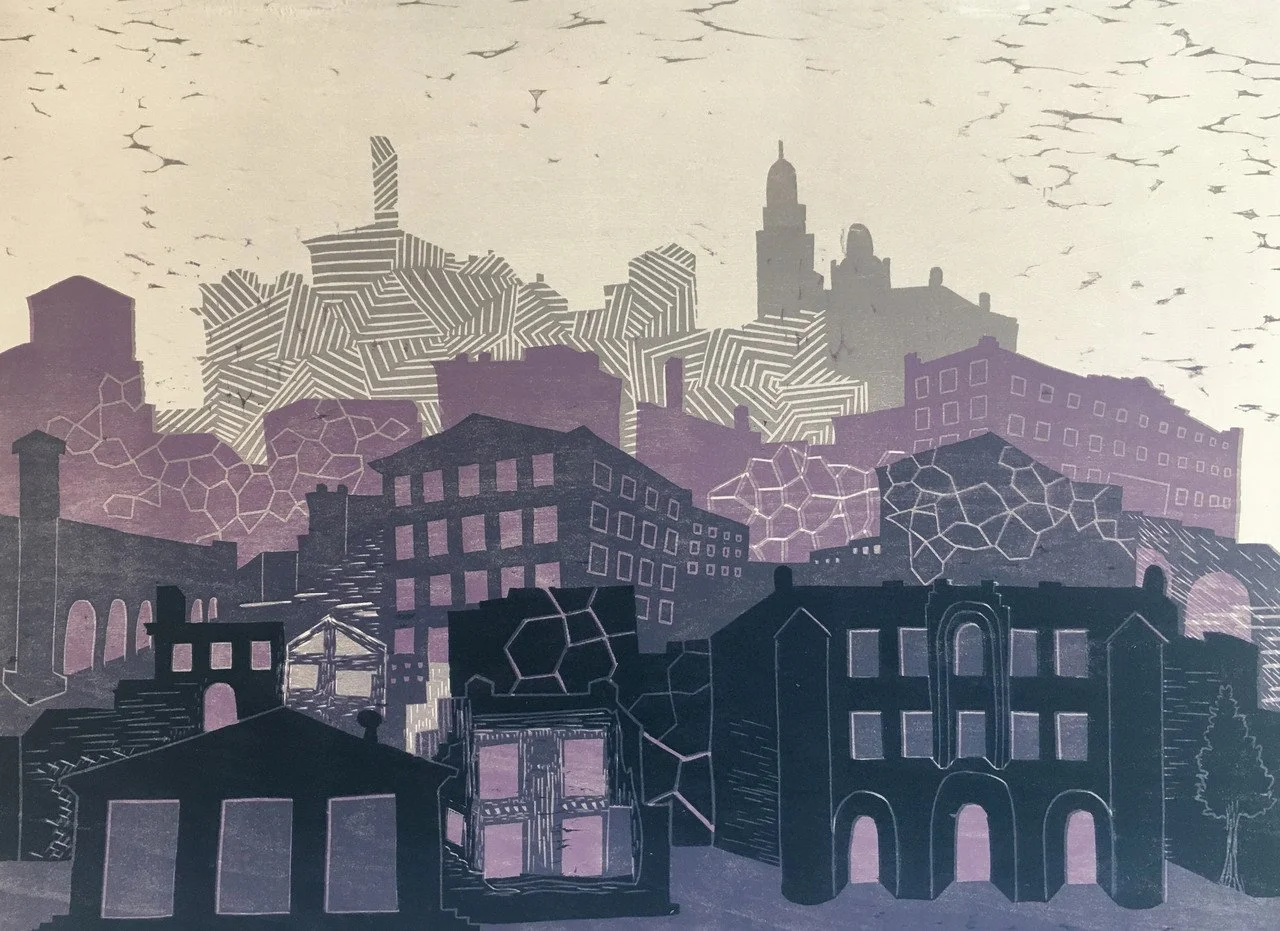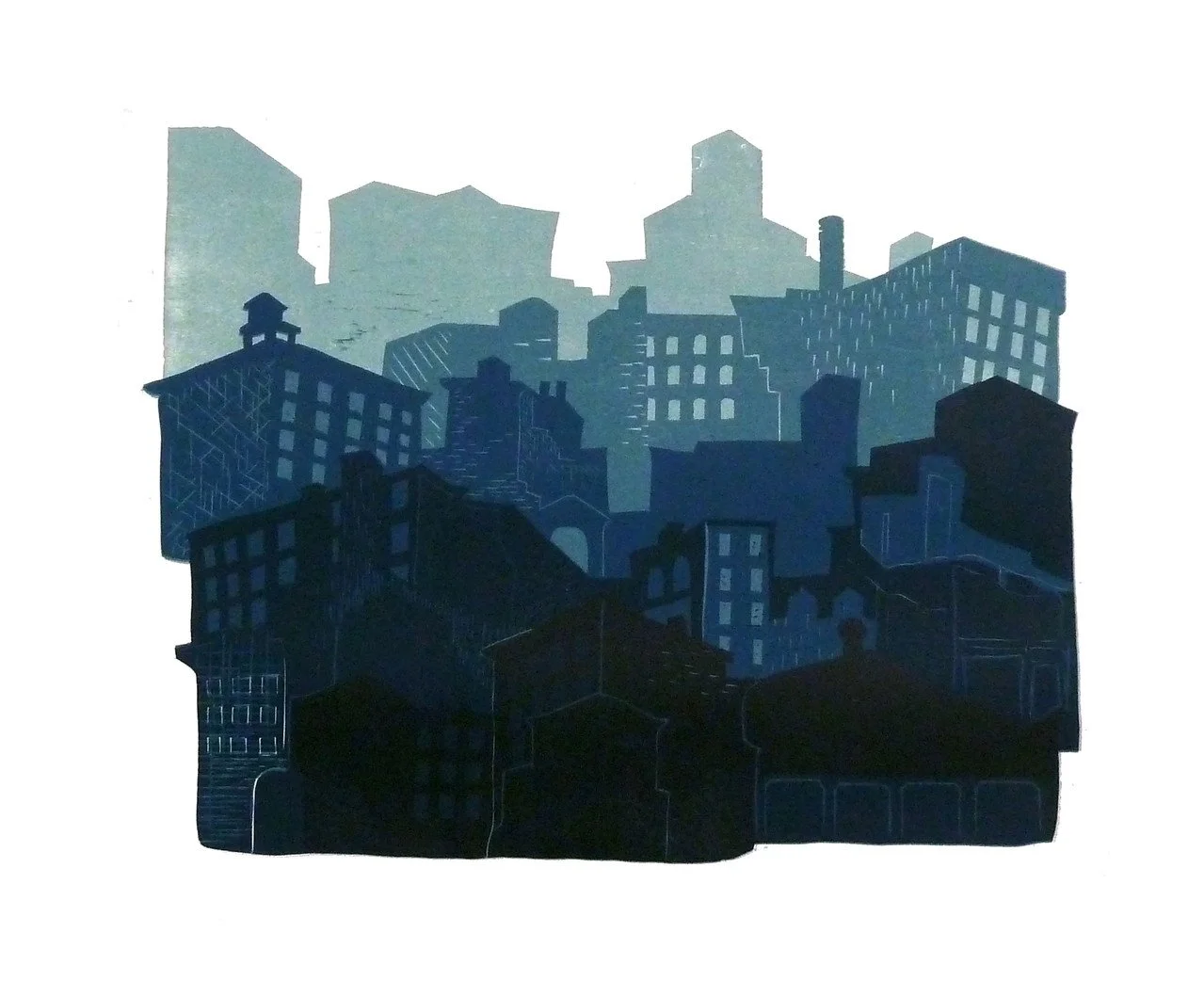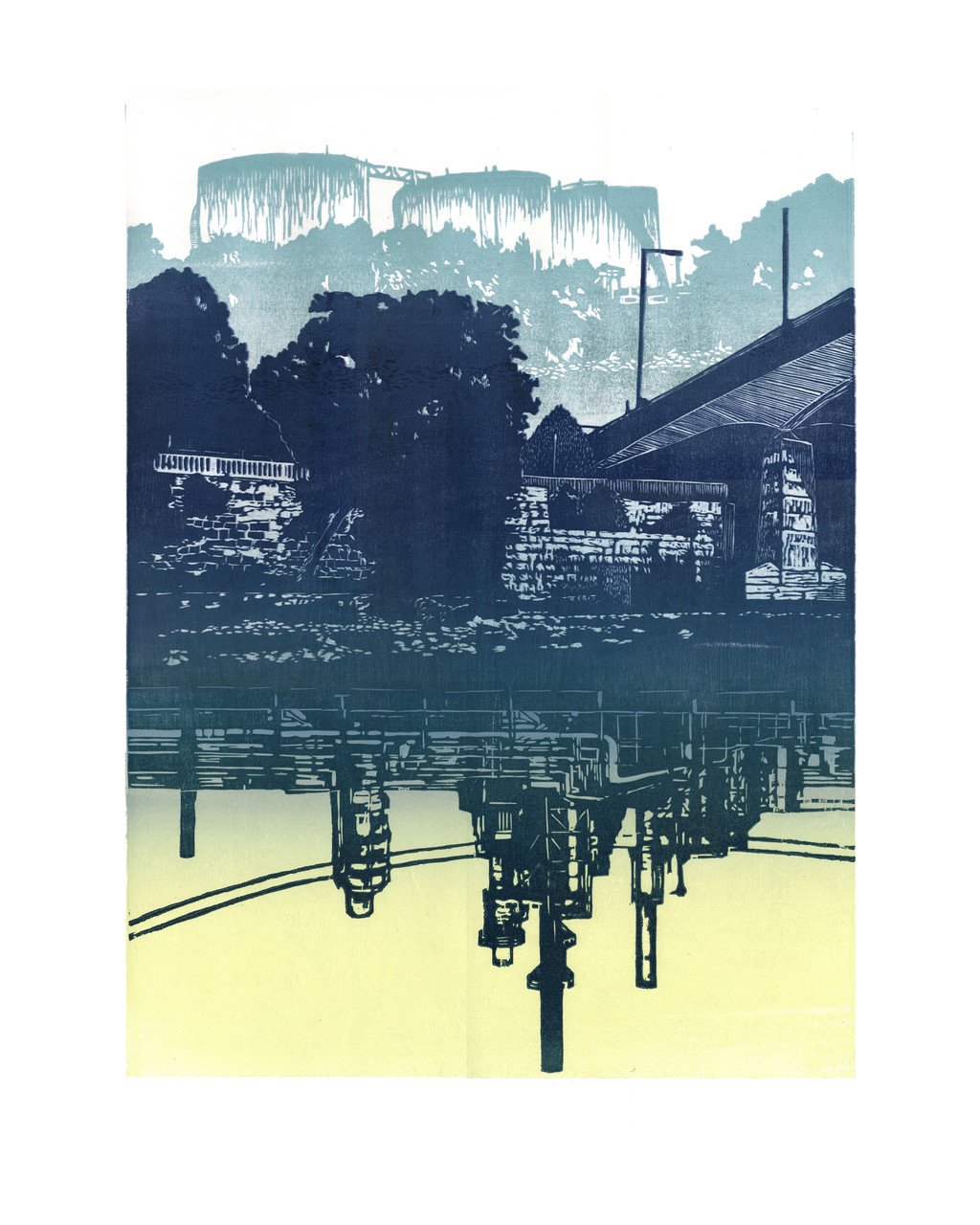
Jennifer Manzella & Lisa Imperiale
Art in the Open
Jennifer Manzella is an artist and printmaker whose print-work is mainly created through relief and etching processes. She has been an art educator for over 10 years and received an MFA in printmaking at The University of Georgia. Manzella has been in numerous juried national and international exhibitions including two with the International Print Center in New York City. She relocated back to Philadelphia, her adopted home, in the summer of 2016 after living in Athens, GA for 12 years. She currently teaches printmaking courses at Arcadia University and is a member of BYO Print, a print cooperative in Philadelphia. Lisa Imperiale is a graduate of Moore College of Art & Design, a founding member of BYO Print, and a printmaker focused on woodblock prints. She currently lives and works in Philadelphia where she is actively involved in her neighborhood and the arts community.
Lisa Imperiale and I are applying as a collaborative duo for Art in the Open; we are artists who mainly work in printmaking, but we have a similar aesthetic approach to depicting urban landscapes. For the Art in the Open 2022, we would like to explore a more theatrical aspect by recording and collecting information about the environment surrounding the Schuylkill River. To be more specific, we are interested in urban traffic, human movement and the impact on the environment, as well as unnoticed visual elements that are often considered trash or rubbish. Our main idea is to set up a “research” station along the banks of the river where we would collect common objects, debris and other evidence of human impact in order to place these objects in an on-site installation with care not to disturb the natural environment. Along with the visual display of artifacts that are recovered over the course of a few days, we would also record other aspects of the environment through a series of different methods, such as video recordings, photographs, note-taking, and interactive drawings. Our inspiration is loosely based on concept of the Wunderkammern or Cabinet of Curiosities, a method of collecting objects in order to make visual and philosophical connections. This practice originated from 15th and 17th-century in Europe before the establishment of scientific institutions. An artist that we are particularly influenced by for this idea is Mark Dion, who incorporates a variety of scientific disciplines to create art installations that challenge the structure of the modern museum. His process is a sort of modern archeology and he displays items that some might consider debris but could also be considered artifacts of modern life. Another artist of influence is Amelia Mesa-Bains, a Latinx artist who also uses the framework of a Cabinet of Curiosity to reclaim cultural objects for a new interpretation that represents memory, struggle, and loss.
Our approach through research and observation would mimic the actions of research scientists, but would be performed in a playful and theatrical manner. This will be achieved by operating under a set of guidelines that will help us achieve our goals while portraying our findings in a visual manner to the public during the course of the three days. The concept of guidelines is a reference to artist and innovator Tom Sachs and his 2010 instructional video titled “Ten Bullets.” Ultimately this is an exploration that deviates from our normal patterns of making art, a playful exercise in engaging the public through performance and curiosity while embracing the unknown capacity of artistic discovery.
